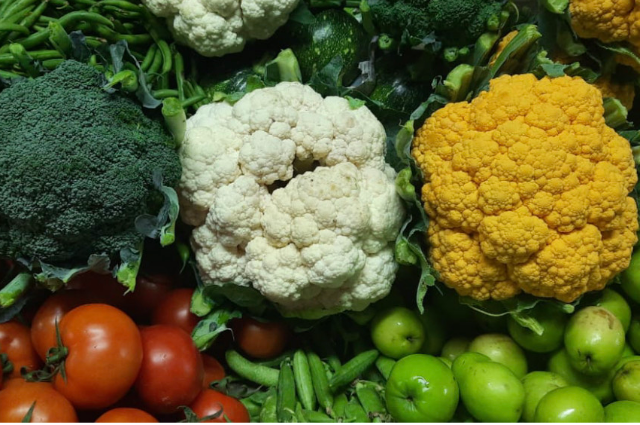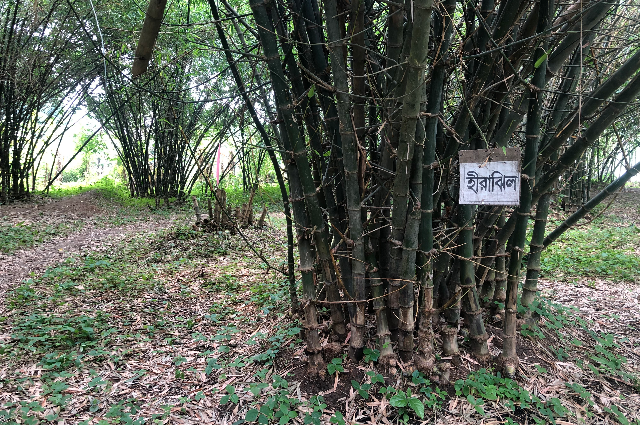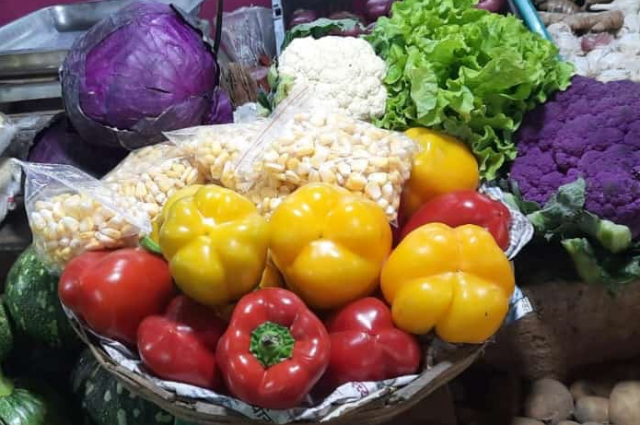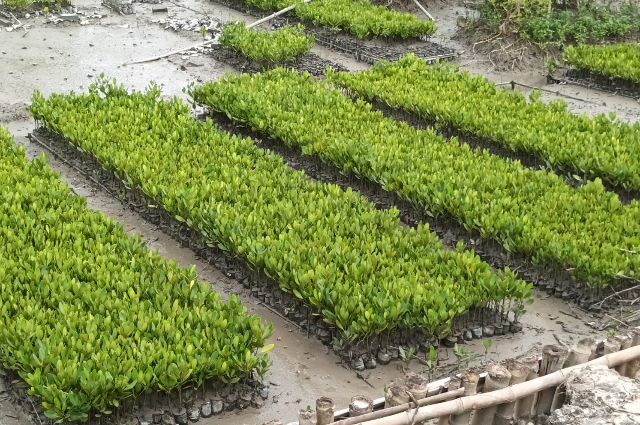Impact of Plant Tissue Culture (PTC)
In festive months the price of dates skyrockets. There is a pre-notion of not having as juicy dates as gulf countries. “Saudi Arabia has the finest dates in the world. One fine day I thought why such dates can not be grown in India? It seemed possible and I bought 100 plants for testing and the idea blossomed.”-meet Nizamuddin S., a Saudi-return Indian farmer who is growing over 32 luscious dates in his Tamilnadu-based farm (Source: AlArabiya-News).
This is one of the many examples of the practical application of Plant tissue culture (PTC). So what is tissue culture? a promising genre of advanced scientific approaches giving Midas touch to crucial answer findings. Grown in vitro (lab condition) using a single tissue is establishing itself to be a huge success for scientists around the world.
PTC usage for Bioproduction, conservation, transformation, and biosynthetic studies has made United Nations believe that it is going to play a key role in eradicating the lack of regular access to nutrition and food. Thus making UNs’ Zero Hunger project fulfilled by 2030.

There are four ways of regenerating plants using PTC namely- somatic embryogenesis, node culture, shoot culture, and shoot organogenesis. In simple language, these are the gold standards of the process those are going to generate a cell line from a tissue transforming into a whole plant body.
An article by Persian daily Forsat-e Emruz investigates the advantages and challenges of investing in the science-based industry.

Advantages and Limitations
Tissue culture micropropagation offers many unique advantages over other propagation methods, including:
- Production of more robust plants, leading to accelerated growth compared to similar plants produced by conventional methods;
- Producing rooted plantlets ready for growth, saving time for the commercial grower when seeds or cuttings are slow to establish or grow;
- Production of disease-free plants;
- Reproduction or cloning of one plant with particular characteristics and traits beneficial to optimal growth and success;
- Multiplying plants which produce seeds in uneconomical amounts, or when plants are sterile and do not produce viable seeds, or when seeds cannot be stored;
- And, producing a greater number of plants per square meter while the propagules can be stored longer and in a smaller area. (source: Financial Tribune)

Despite of all these pros and cons the global market for tissue culture micropropagation is estimated at about 1 billion plants per year. The PTC ranges widely from micropropagation to ornamental to forest trees. Plants important to developing countries that have been grown in tissue culture are oil palm, plantain, pine, banana, date, eggplant, jojoba, pineapple, rubber tree, cassava, yam, sweet potato, and tomato. This application is the most commonly applied form of traditional biotechnology in Africa. Prunus Africana is one endangered medicinal plant that is conserved by PTC. (source: Frontiers)
Producing plants throughout the year, growing it in soil-less culture, providing enough nutrition all are favouring the futuristic vision of the process.

Not only that globally plant tissue cultured bananas are accepted and marketed but also many Indian Institutes growing other crops and fruits such as sugarcane, and palm as well. This is not only giving extensive yield but also generating employment, contributing in the growth of nation. From saving the endangered species to turning it into a life savior PTC is playing the king’s role. Though less skilled manpower is a hurdle for the applications of the technique but it’s the key to food security.
